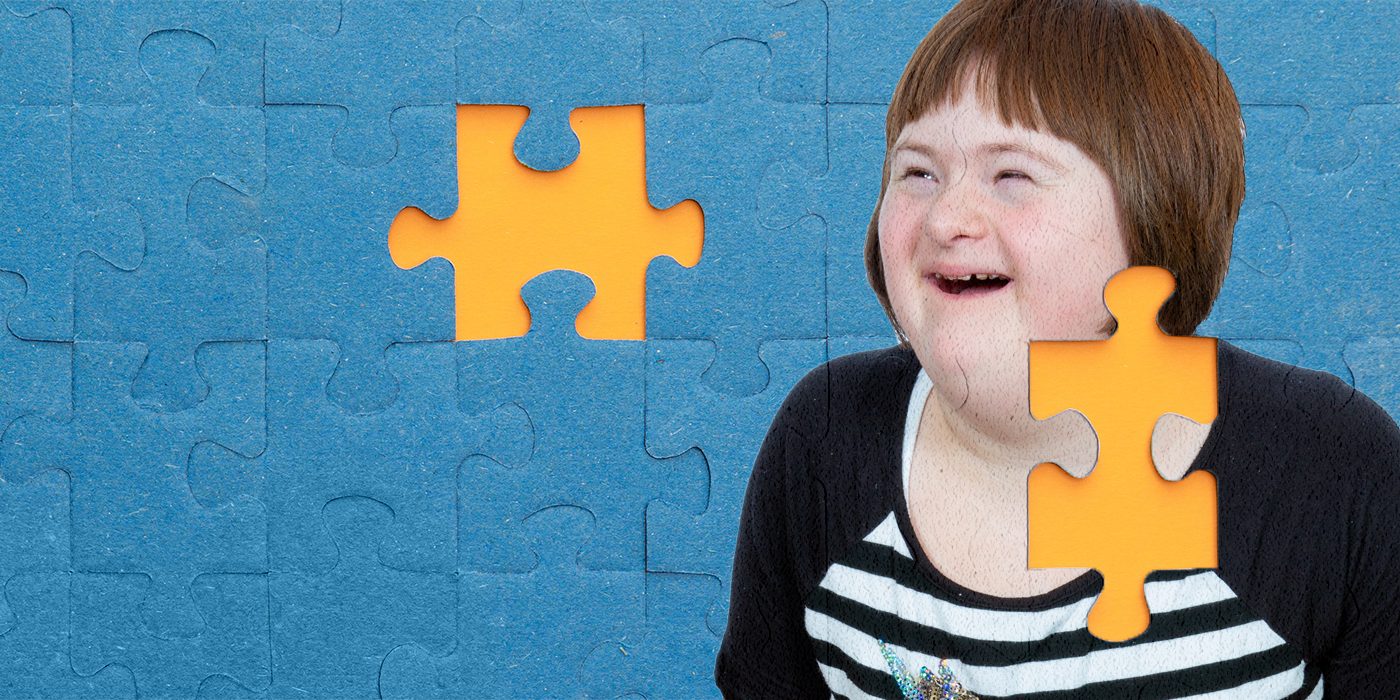Cutting-edge Treatments and Therapies: Developments in Autism Study
Cutting-edge Treatments and Therapies: Developments in Autism Study
Blog Article
Exploring Autism: Techniques for Efficient Communication and Interaction
Efficient interaction and interaction with people on the autism spectrum demand a thorough understanding of their one-of-a-kind demands and preferences. The intricacies of these techniques reveal more considerations that warrant expedition, particularly in exactly how they can be adapted to diverse contexts and specific experiences.
Comprehending Autism Spectrum Condition
Autism Range Disorder (ASD) includes a variety of neurodevelopmental conditions identified by difficulties in social interaction, interaction, and repeated actions. The term "spectrum" shows the varied manifestations and varying levels of extent experienced by individuals with ASD. While some might show significant disabilities, others might display high-functioning traits, enabling greater self-reliance in life.
The onset of ASD normally occurs in early youth, with indicators often identifiable by age 2. Very early indications might consist of postponed speech development, limited eye contact, and problems in recognizing social signs. Although the precise etiology of ASD continues to be unclear, research study suggests a combination of ecological and hereditary elements plays a crucial role in its development.
As an outcome, interventions and assistance tailored to specific requirements are important for cultivating communication and social skills. Acknowledging the complexity of ASD is essential for promoting recognition, acceptance, and reliable techniques that facilitate significant interactions with people on the range.

Significance of Clear Communication
Effective interaction is essential for promoting understanding and connection, particularly for people with Autism Spectrum Disorder (ASD) Clear interaction not only helps with social communications yet likewise enhances the individual's ability to share their requirements, emotions, and ideas. For people with ASD, the subtleties of language can typically be challenging; consequently, utilizing distinct and straightforward language is essential.
In addition, clear communication helps in reducing irritation and anxiousness that might arise from misconceptions. When messages are conveyed in a straight and consistent manner, people with ASD are better equipped to interpret info accurately, which can dramatically enhance their social involvement and participation in different setups.
Developing routines and utilizing aesthetic supports can even more strengthen clear communication. These strategies give individuals with predictable structures that assist comprehension and retention of info. In addition, proactively being and paying attention person during interactions advertises an encouraging environment where people with ASD feel valued and comprehended.
Inevitably, focusing on clear communication not only equips people with ASD yet likewise cultivates even more meaningful connections with their peers, caregivers, and the broader neighborhood, leading the way for comprehensive interactions and collaborative connections. - autism
Non-Verbal Communication Techniques
Communication extends past words, and for people with Autism Range Problem (ASD), non-verbal signs play a significant role in interactions. Non-verbal communication methods can consist of faces, motions, body movement, and eye call, every one of which work as crucial elements for sharing feelings and purposes.
Comprehending and translating these non-verbal signals can improve interactions with people with ASD. A cozy smile or open stance can produce a welcoming atmosphere, encouraging involvement. In a similar way, utilizing visual aids-- such as picture cards or icons-- can link communication gaps and aid share messages better.
It is likewise essential to be conscious of individual space, as people with ASD might have different comfort degrees relating to proximity. Observing their responses to physical nearness can educate proper adjustments.

Developing Helpful Environments
Developing a helpful environment is vital for promoting positive interactions and boosting the wellness of individuals with Autism Range Disorder (ASD) Such settings can substantially decrease stress and anxiety and develop a feeling of safety and security, allowing people to reveal themselves extra easily.
To achieve this, it is important to take into consideration sensory sensitivities that people with ASD may experience. Changing the physical space to consist find here of soft lighting, very little history noise, and comfy seats can produce a relaxing atmosphere. In addition, using regular regimens and clear visual timetables can help people anticipate shifts and lower uncertainty, more advertising comfort.
Social areas should be structured to reduce frustrating stimulations while offering possibilities for engagement in preferred tasks. Assisting in locations designated for quiet time can likewise offer as a refuge during minutes of stress and anxiety. Significantly, integrating components of choice empowers individuals, enabling them to work out firm in their atmosphere.

Motivating Social Communications
Promoting social communications among people with Autism Range Condition (ASD) requires deliberate strategies that focus on comfort and interaction. Developing predictable regimens can help in reducing stress and anxiety, making social settings extra approachable. Producing organized environments with specified obligations and duties allows individuals to involve without the frustrating stress of disorganized social dynamics.
Integrating passions and toughness into social activities can function as a stimulant for communication. Organizing group activities around shared pastimes or subjects of attraction can promote all-natural discussions and connections. Additionally, utilizing visual supports, such as social scripts or pictorial routines, can help in comprehending social hints and expectations.
Designing proper social actions is essential - autism. Adults and peers ought look what i found to demonstrate efficient communication strategies, including energetic listening and turn-taking. Role-playing circumstances can additionally give website link a secure room for people to exercise these skills
Lastly, fostering peer relationships via comprehensive techniques is crucial. Urging comprehensive playdates or team trips can create opportunities for socializing in a comfy setup. By carrying out these caregivers, approaches and instructors can substantially enhance social communications for individuals with ASD, promoting their total social advancement and well-being.
Conclusion
Finally, efficient interaction and interaction methods are vital for sustaining individuals with Autism Range Disorder. Highlighting clear language, incorporating non-verbal hints, and developing predictable regimens significantly improve involvement and decrease stress and anxiety. Developing encouraging atmospheres promotes secure social interactions, while motivating shared passions helps with purposeful links. Ultimately, these methods equip people with autism to navigate social landscapes, promoting their general health and enabling the development of enduring partnerships.
Reliable interaction and communication with people on the autism range require a thorough understanding of their unique needs and preferences. Clear communication not just facilitates social interactions but also enhances the individual's ability to express their feelings, requirements, and thoughts.Cultivating social communications among people with Autism Spectrum Disorder (ASD) calls for willful methods that focus on convenience and interaction. By executing these teachers, techniques and caretakers can considerably enhance social communications for individuals with ASD, advertising their general social growth and wellness.
In conclusion, reliable interaction and interaction methods are necessary for supporting people with Autism Spectrum Problem.
Report this page